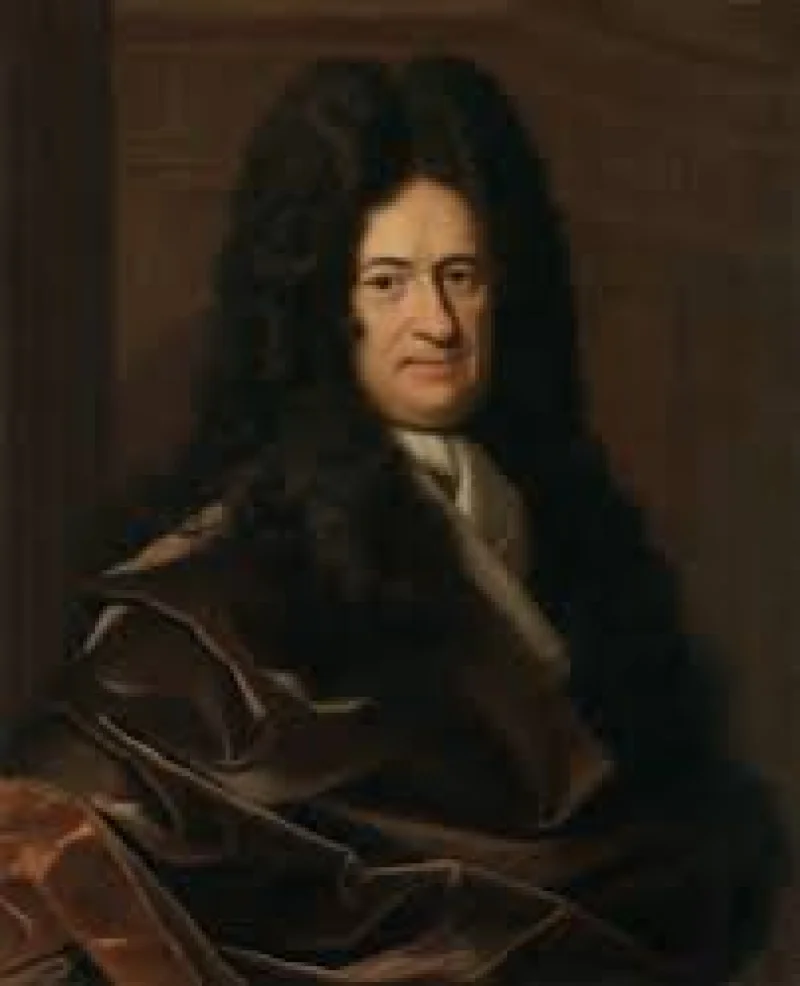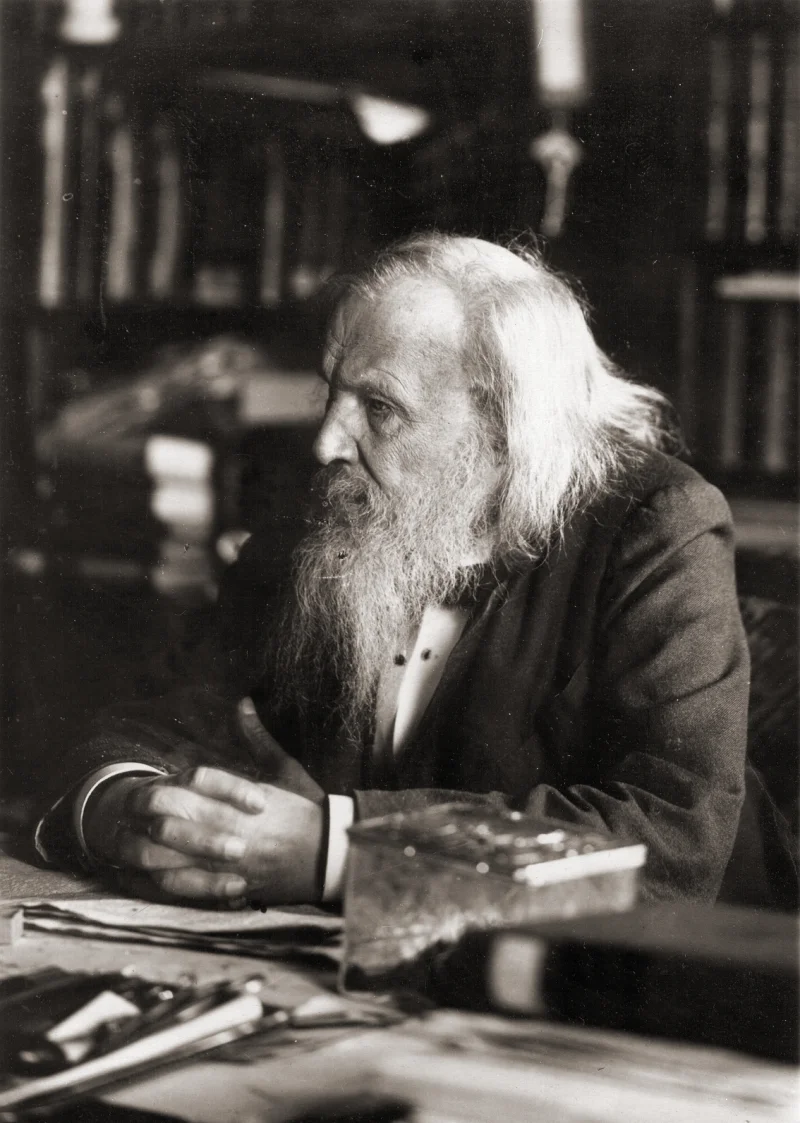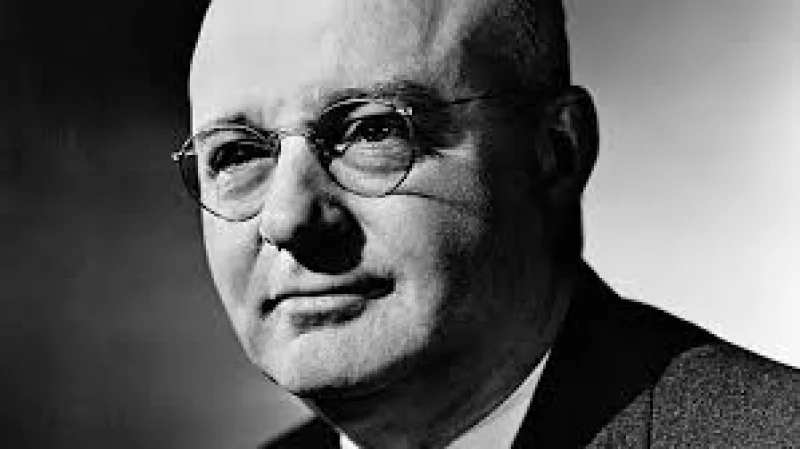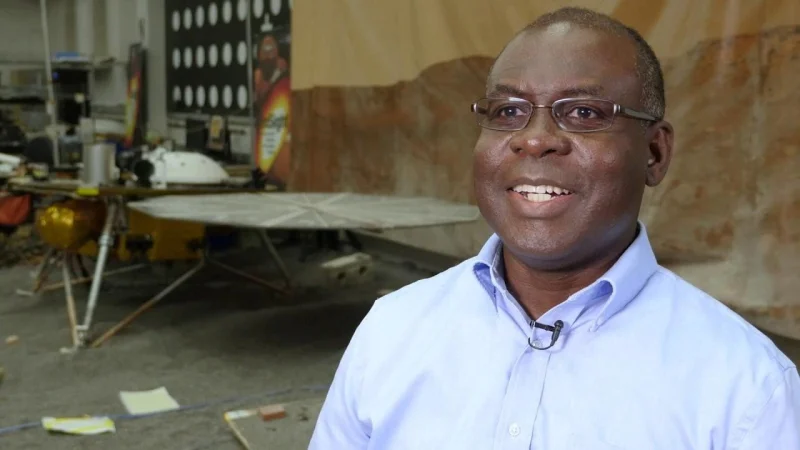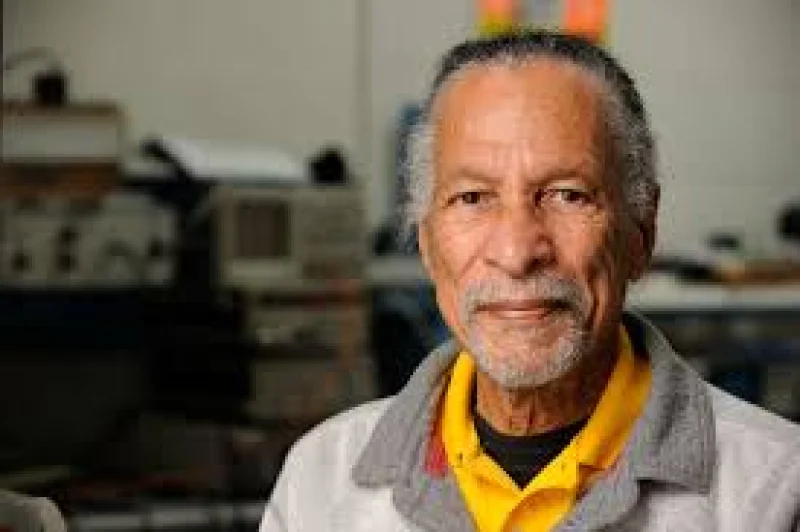Short Summary
Luis Alvarez was an influential American experimental physicist whose work left a lasting imprint on multiple scientific fields. He received the Nobel Prize in Physics in 1968 for his contributions to elementary particle physics, particularly in developing techniques for detecting subatomic particles. Alvarez's multidisciplinary approach led to significant advancements in radar technology, geophysics, and archaeology. He is also renowned for hypothesizing that a large asteroid impact caused the extinction of the dinosaurs, a theory that has been largely supported by scientific evidence.
Early Life & Education
Luis Alvarez was born on June 13, 1911, in San Francisco, California, into a family with a rich intellectual heritage; his father was a physician and his grandfather had been a prominent Spanish diplomat. He attended San Francisco Polytechnic High School before pursuing higher education at the University of Chicago, where he earned a Bachelor's degree in 1932, followed by a Master's and a Ph.D. in physics by 1936. His early exposure to scientific inquiry and academic excellence set him on a path to becoming one of the most versatile and innovative physicists of his time.
Career Highlights
Alvarez's career was marked by a series of pioneering achievements. He began his professional work at the Radiation Laboratory of the University of California, Berkeley, where he developed the liquid hydrogen bubble chamber, a crucial tool for visualizing subatomic particles. During World War II, he contributed to the development of radar technology and played a vital role in the Manhattan Project. Post-war, he continued his work at the Lawrence Berkeley National Laboratory, and in 1980, proposed the Alvarez hypothesis of dinosaur extinction due to an asteroid impact. His work spanned multiple fields, demonstrating his intellectual versatility.
Major Achievements
- - Nobel Prize in Physics (1968) for discoveries in elementary particle physics.
- - Development of the liquid hydrogen bubble chamber, enhancing particle physics research.
- - Contribution to radar technology during World War II.
- - Co-author of the asteroid impact theory explaining the extinction of dinosaurs.
Famous Quotes
- "I don't like to read about myself, whether it be in the press or in a book."
- "The most exciting phrase to hear in science, the one that heralds new discoveries, is not 'Eureka!' but 'That's funny...'"
Interesting Facts
- Alvarez's son, Walter Alvarez, is a geologist who co-authored the asteroid impact hypothesis with him.
- During his career, Alvarez held more than 40 patents.
- He was involved in the development of the Ground Controlled Approach system for aircraft landings.
Legacy / Influence
Alvarez's legacy is profound, marked by his interdisciplinary approach that bridged physics, technology, and geology. His work has had lasting impacts on scientific methods, particularly in particle physics and geophysics. His asteroid impact theory revolutionized the understanding of mass extinctions and demonstrated the profound interconnectedness of different scientific disciplines.
FAQ
Q: Why is Luis Alvarez famous?
A: He is renowned for his Nobel Prize-winning work in physics and his asteroid impact hypothesis.
Q: What was his contribution to World War II?
A: He contributed to radar technology and was involved in the Manhattan Project.
Q: Did he work in fields other than physics?
A: Yes, he made significant contributions to geophysics and archaeology as well.
Q: What is the Alvarez hypothesis?
A: It is the theory that a massive asteroid impact led to the extinction of the dinosaurs.








